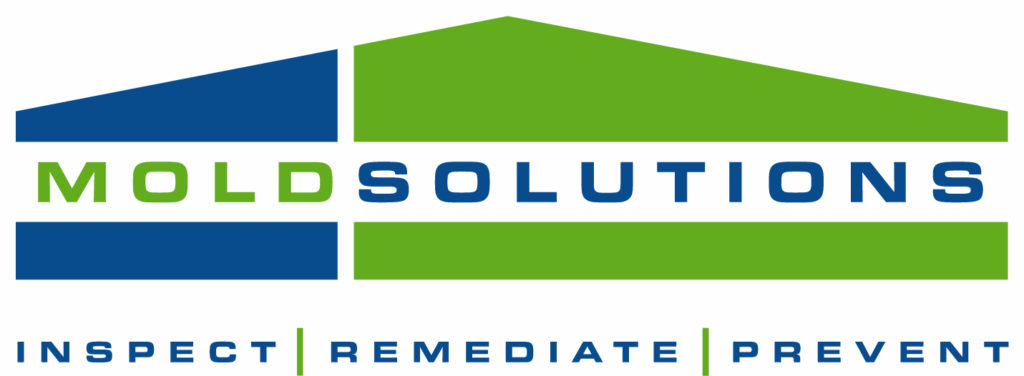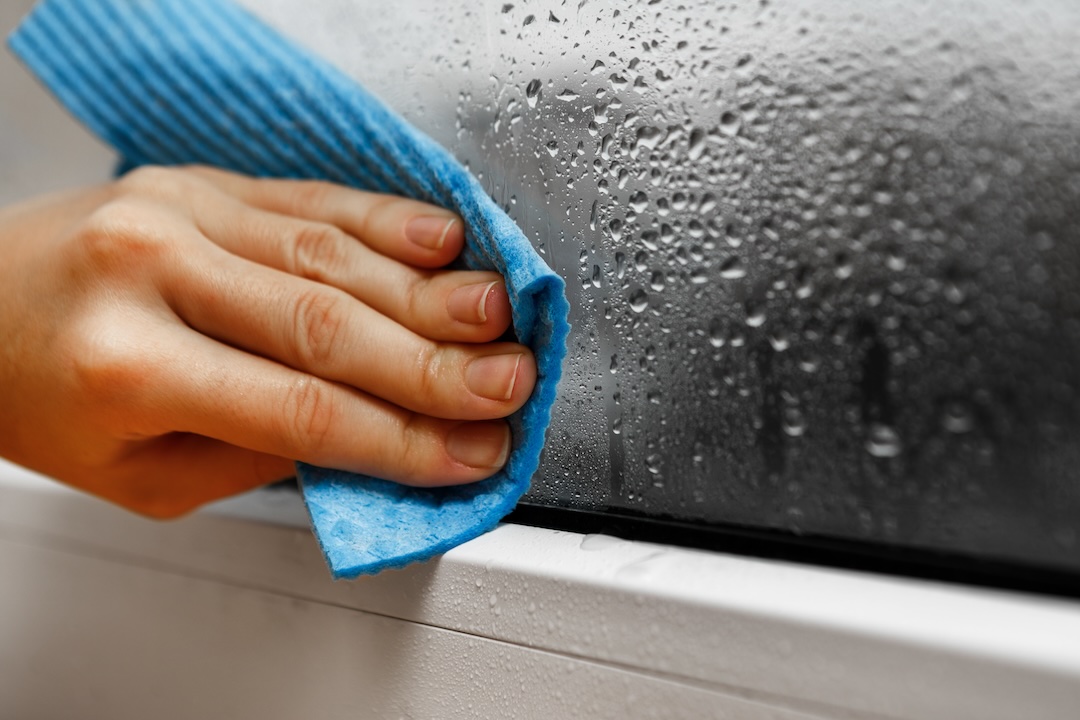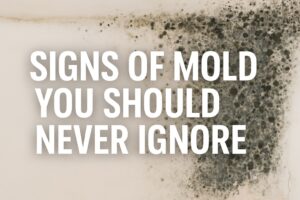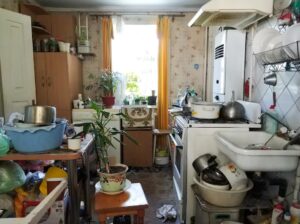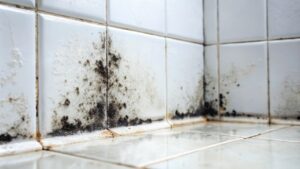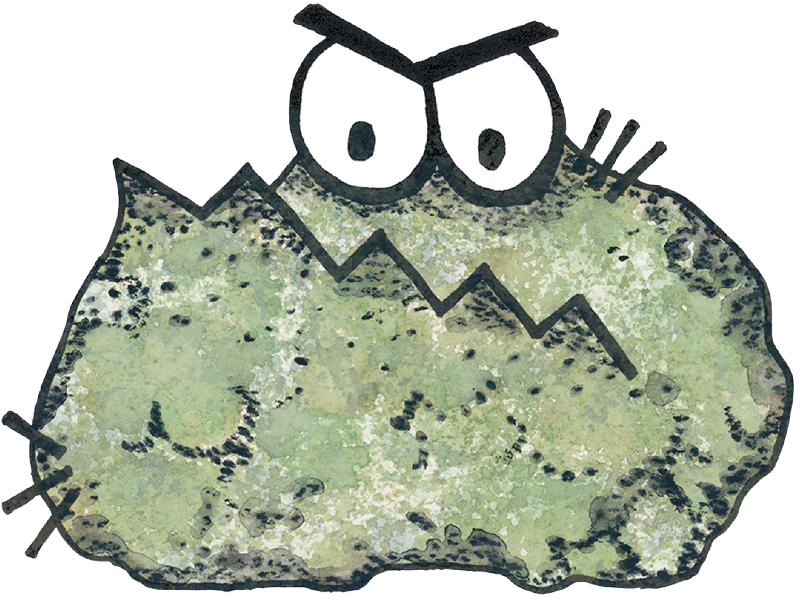Winter in cities like Chicago and St. Louis can bring bitter cold, snow, and increased time indoors. While we rely on heating systems to stay warm, the shift to dry, heated air can create a surprising problem—fluctuating indoor humidity levels. This imbalance can lead to mold growth in unexpected places, making winter an essential time to stay vigilant about home moisture levels.
Why Indoor Humidity Increases During Winter
Despite the dry outdoor air, several indoor factors contribute to rising humidity levels during the colder months:
- Hot Showers: Long, steamy showers in the winter can increase humidity in bathrooms and spread moisture throughout the home.
- Cooking and Baking: Preparing hearty winter meals adds steam to the air, particularly if the kitchen isn’t well-ventilated.
- Sealed Spaces: We seal doors, windows, and vents to trap heat inside, but this also traps moisture, preventing natural airflow.
This combination of increased moisture and poor ventilation creates a perfect environment for mold, particularly in areas prone to dampness, such as basements, crawl spaces, and bathrooms.
Ideal Humidity Levels for a Healthy Home
The key to mold prevention is maintaining proper indoor humidity levels. Mold thrives when humidity rises above 60%, but keeping your home’s levels between 30% and 50% helps prevent mold growth while maintaining comfort.
Common Winter Mold Hotspots
- Windows and Window Frames: Condensation often forms on cold window surfaces, leading to mold growth on sills and frames.
- Basements and Crawl Spaces: Heated air can increase condensation in these cooler, poorly ventilated areas.
- Bathrooms: Moisture from showers and poor ventilation creates the perfect conditions for mold buildup.
- Behind Furniture and Appliances: Mold can grow in hidden areas where airflow is limited, especially if walls get cold and damp.
Tips to Manage Humidity and Prevent Winter Mold
- Use a Dehumidifier: Place a dehumidifier in areas prone to excess moisture, such as basements and bathrooms.
- Ventilate Properly: Run exhaust fans when showering or cooking to remove excess moisture from the air.
- Control Room Temperature: Keep your home at a consistent, moderate temperature to reduce condensation.
- Wipe Away Condensation: Regularly check and wipe down windows, walls, or surfaces where moisture tends to collect.
- Address Leaks Promptly: Repair any leaks or water intrusion immediately to prevent water from seeping into walls and floors.
When to Call for Professional Mold Help
If you notice persistent humidity issues, musty odors, or visible mold spots, it may be time for a professional inspection. Mold can grow behind walls, under flooring, or in other hidden areas, especially during the winter when indoor moisture can go unnoticed.
At Mold Solutions, we specialize in mold testing, inspection, and remediation in Chicago, St. Louis, and surrounding areas. We can help identify and resolve hidden mold issues before they become serious health or structural concerns.
A Healthier Home This Winter
Winter mold may seem unexpected, but with proactive humidity control, you can keep your home safe and comfortable. Don’t let winter moisture issues compromise your health or property. Whether you’re facing post-holiday dampness or long-term humidity concerns, our team is here to help.
Contact Mold Solutions today for expert guidance on maintaining a mold-free home this winter.
